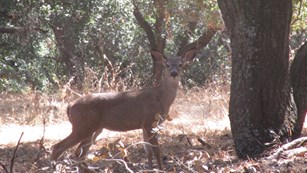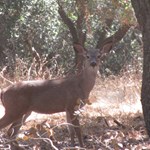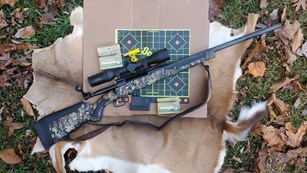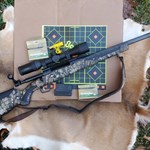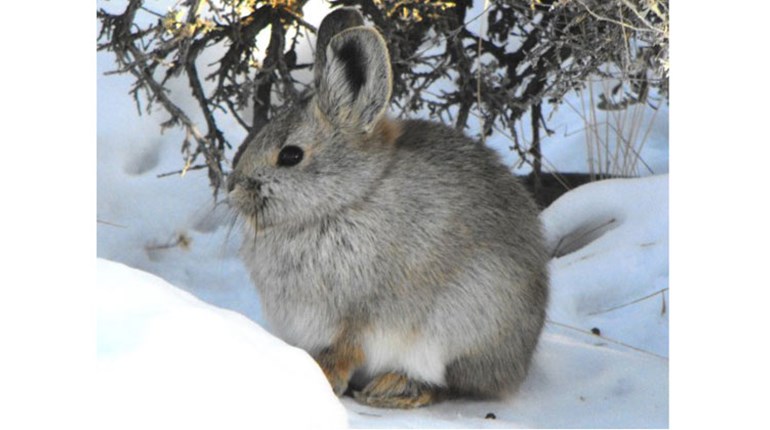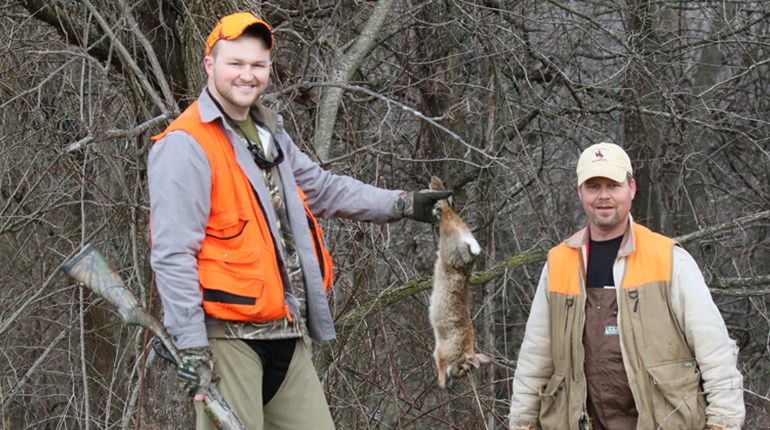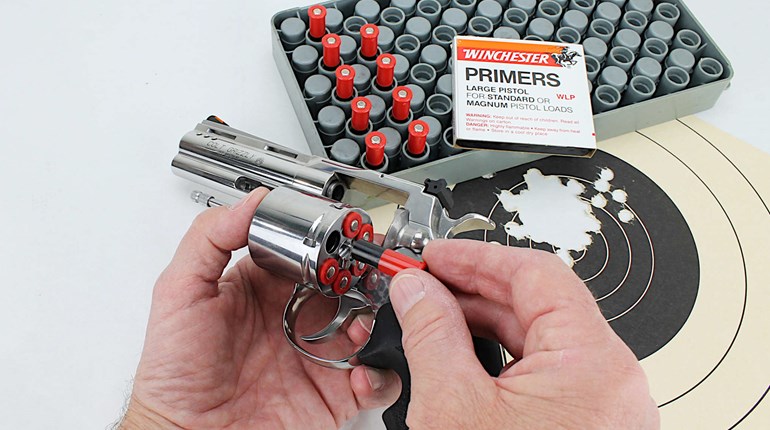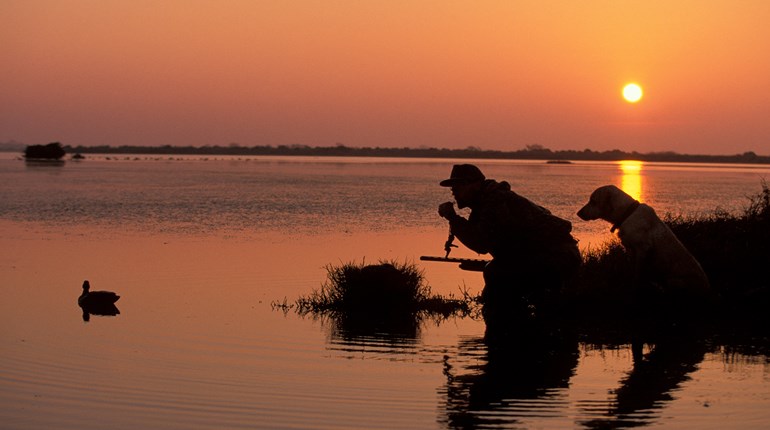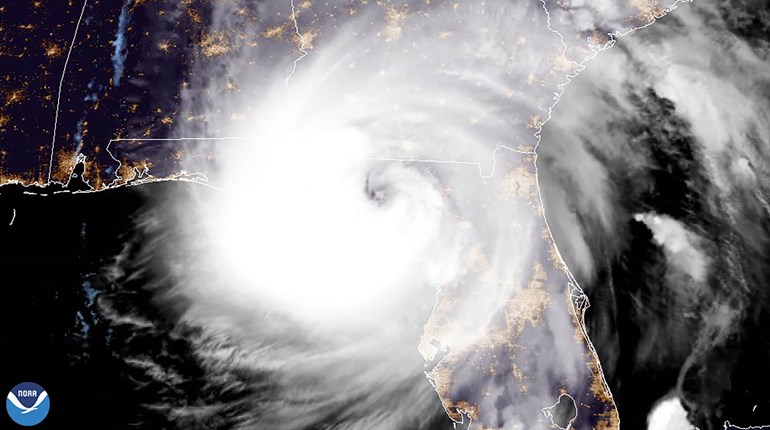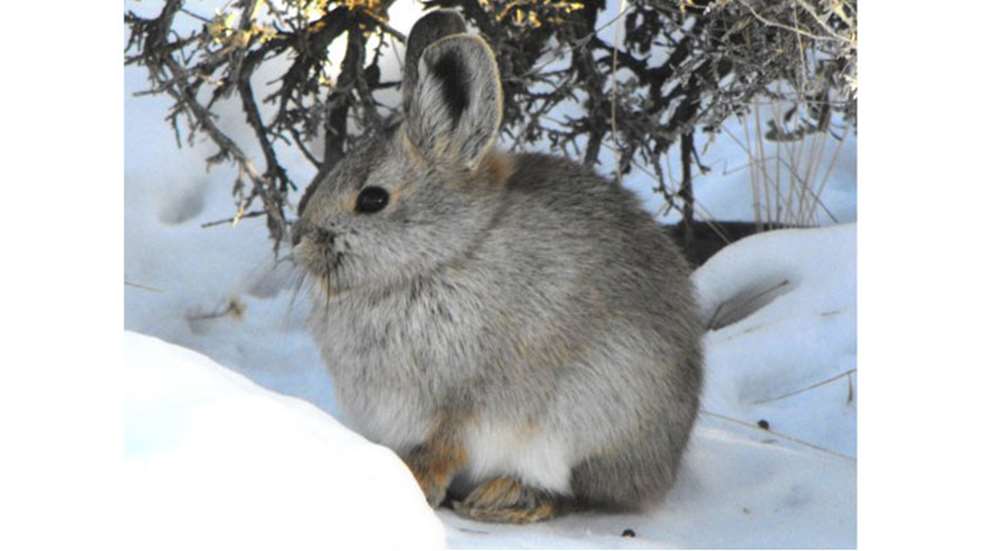
No, it isn't "the most foul, cruel and bad-tempered rodent you've ever laid your eyes on." Nor has it got a "vicious streak a mile wide." But Idaho's Department of Fish & Game would still like all late-season hunters to know that the pygmy rabbit is strictly off-limits.
You see, Idaho has four separate species of lagomorphs (a category that covers both rabbits and hares). Most of them are huntable, but the pygmy rabbit is a protected species, and can never be hunted. Violations are taken very seriously, so it's important that you get a handle on just what lagomorphs you might encounter before you head out into the field. Members of the order Lagomorpha in Idaho include rabbits and hares, in one family, and picas in another. In the case of the Leporidae family, Idaho has the color-shifting snowshoe hare, both black-tailed and white-tailed jackrabbits (although technically, they are hares, not rabbits), and then both the cottontail rabbit and the pygmy rabbit.
The easiest way to tell the difference between the pygmy rabbit from its cousin, the cottontail, is that it lacks the distinctive cottontail. (See above photo.)
The good news is that there are ample season and bag limits for cottontail and snowshoe hares, both of which make great table fare. Of course, you must have a valid hunting license. Cottontail season runs to the end of February with a daily bag limit of eight, and a possession limit of 24. Snowshoe hare season runs until the end of March, and has the same limits as cottontail. This means that they must be taken and consumed, not left to waste.
Interestingly, given a recent resurgence in jackrabbit populations in Idaho, jackrabbits fall under the classification of predatory wildlife and may be taken year-round and in any numbers, using any weapon legal in the state. Jackrabbit carcasses do not need to be taken from the field. It is permissible to hunt them at night using a spotlight on private land, but a special permit is required when hunting on public land. Spotlighting permits are available from regional offices and come with maps and specific regulations that must be followed.
As always, Idaho Fish & Game urges you to wear gloves when processing any rabbit or hare. This is to prevent the possible transmission of tularemia, a serious bacterial infection that is transmissible from rabbits to humans.
For more information on Idaho's rabbit-hunting laws, click here. To watch the Killer Rabbit of Caerbannog do its thing, click here. For more pictures, see below.
Snowshoe hare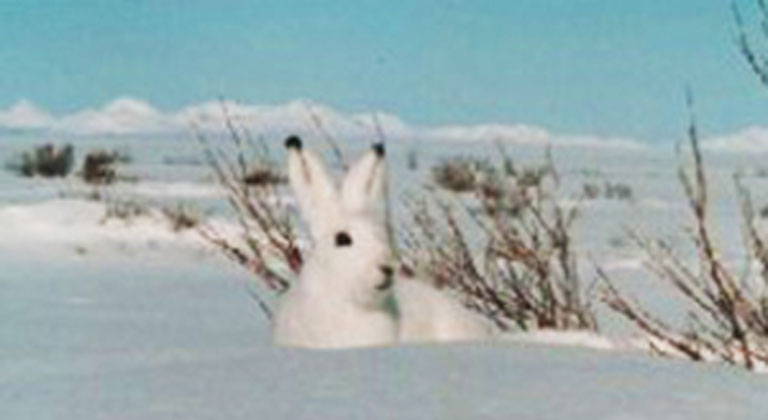
Jackrabbit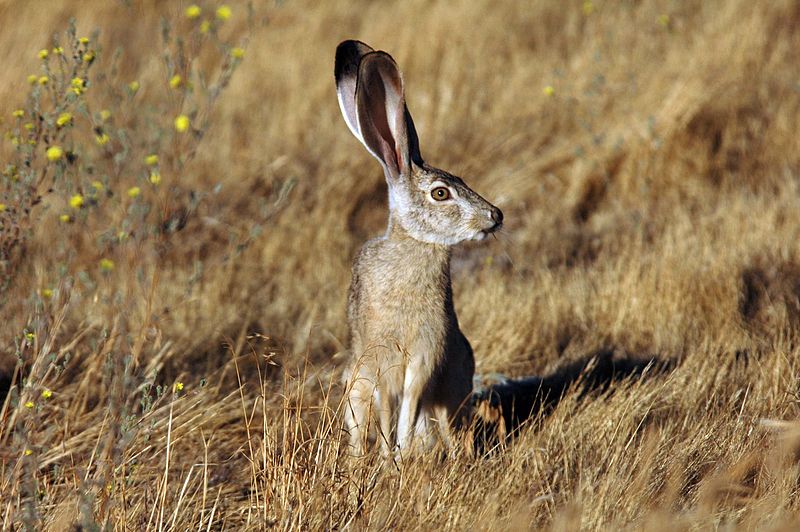
Cottontail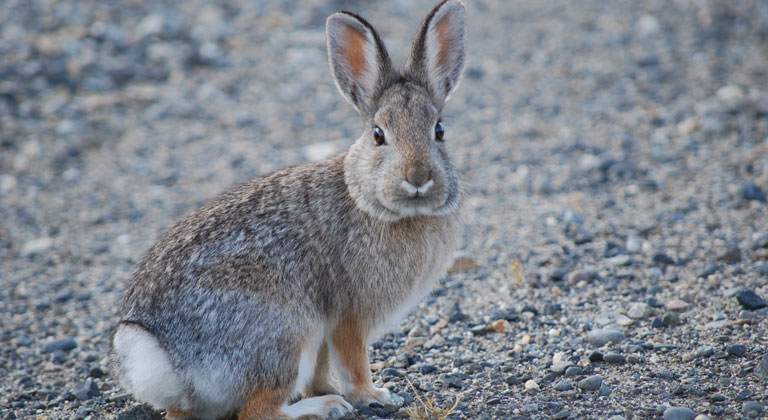
You see, Idaho has four separate species of lagomorphs (a category that covers both rabbits and hares). Most of them are huntable, but the pygmy rabbit is a protected species, and can never be hunted. Violations are taken very seriously, so it's important that you get a handle on just what lagomorphs you might encounter before you head out into the field. Members of the order Lagomorpha in Idaho include rabbits and hares, in one family, and picas in another. In the case of the Leporidae family, Idaho has the color-shifting snowshoe hare, both black-tailed and white-tailed jackrabbits (although technically, they are hares, not rabbits), and then both the cottontail rabbit and the pygmy rabbit.
The easiest way to tell the difference between the pygmy rabbit from its cousin, the cottontail, is that it lacks the distinctive cottontail. (See above photo.)
The good news is that there are ample season and bag limits for cottontail and snowshoe hares, both of which make great table fare. Of course, you must have a valid hunting license. Cottontail season runs to the end of February with a daily bag limit of eight, and a possession limit of 24. Snowshoe hare season runs until the end of March, and has the same limits as cottontail. This means that they must be taken and consumed, not left to waste.
Interestingly, given a recent resurgence in jackrabbit populations in Idaho, jackrabbits fall under the classification of predatory wildlife and may be taken year-round and in any numbers, using any weapon legal in the state. Jackrabbit carcasses do not need to be taken from the field. It is permissible to hunt them at night using a spotlight on private land, but a special permit is required when hunting on public land. Spotlighting permits are available from regional offices and come with maps and specific regulations that must be followed.
As always, Idaho Fish & Game urges you to wear gloves when processing any rabbit or hare. This is to prevent the possible transmission of tularemia, a serious bacterial infection that is transmissible from rabbits to humans.
For more information on Idaho's rabbit-hunting laws, click here. To watch the Killer Rabbit of Caerbannog do its thing, click here. For more pictures, see below.
Snowshoe hare

Jackrabbit

Cottontail




